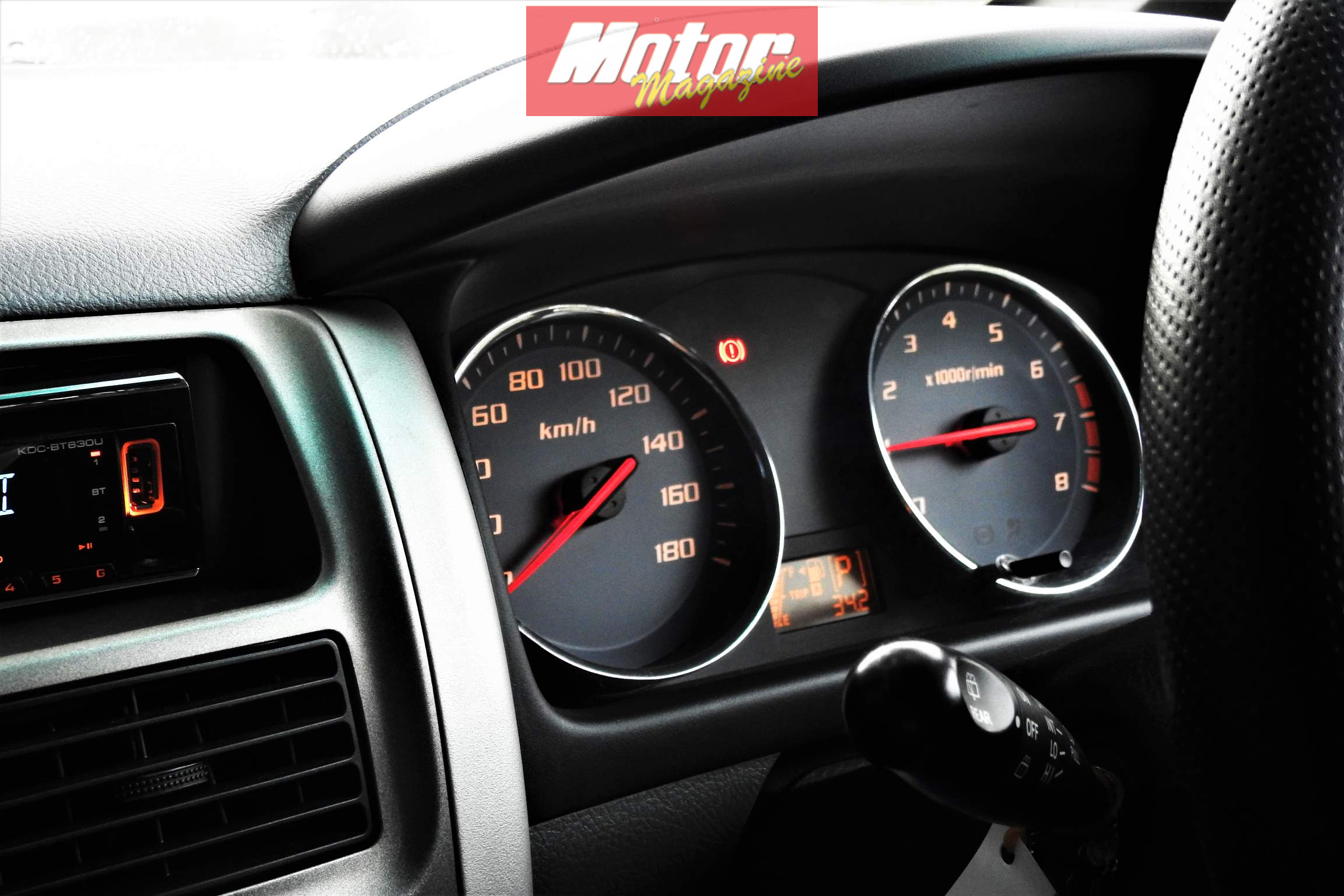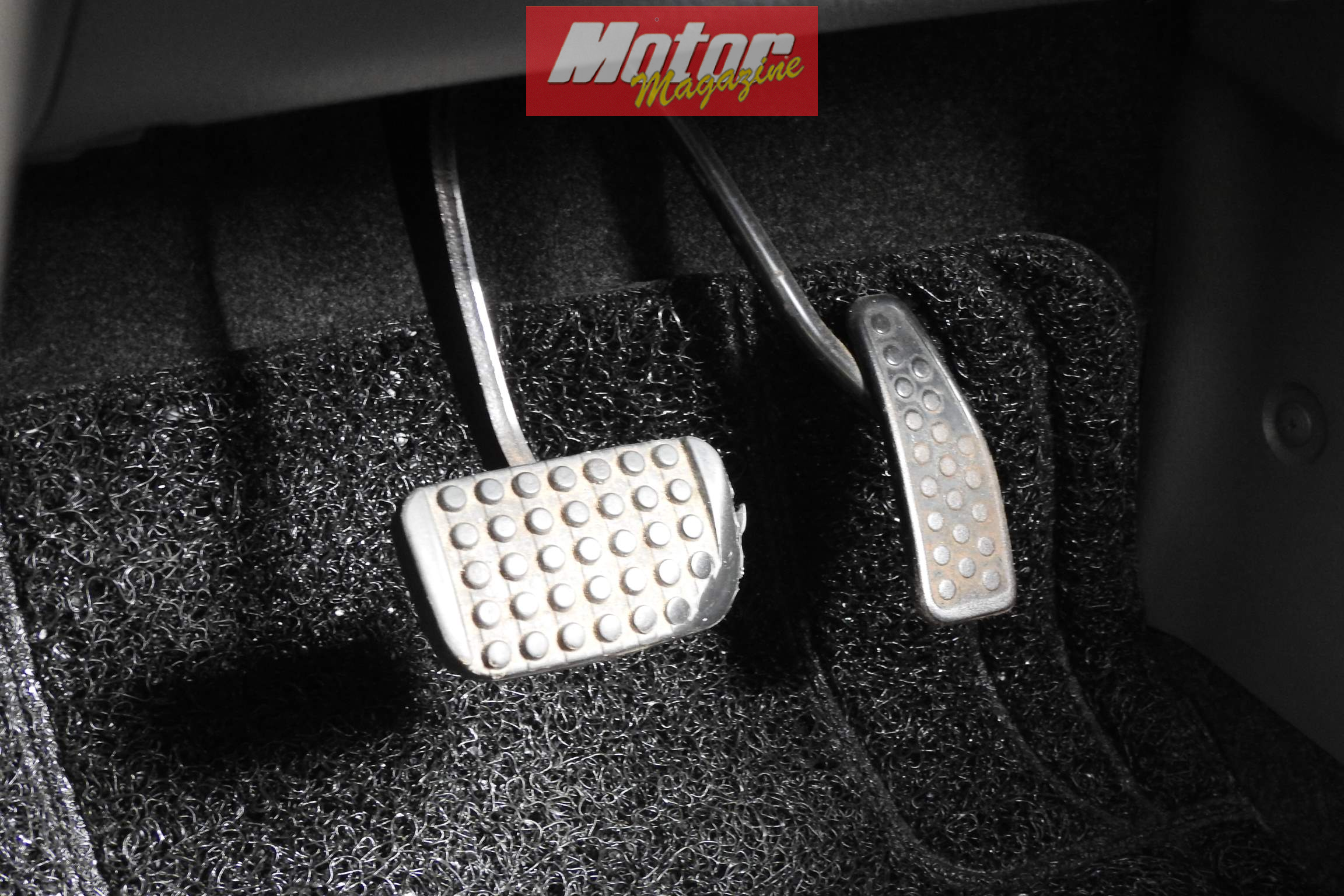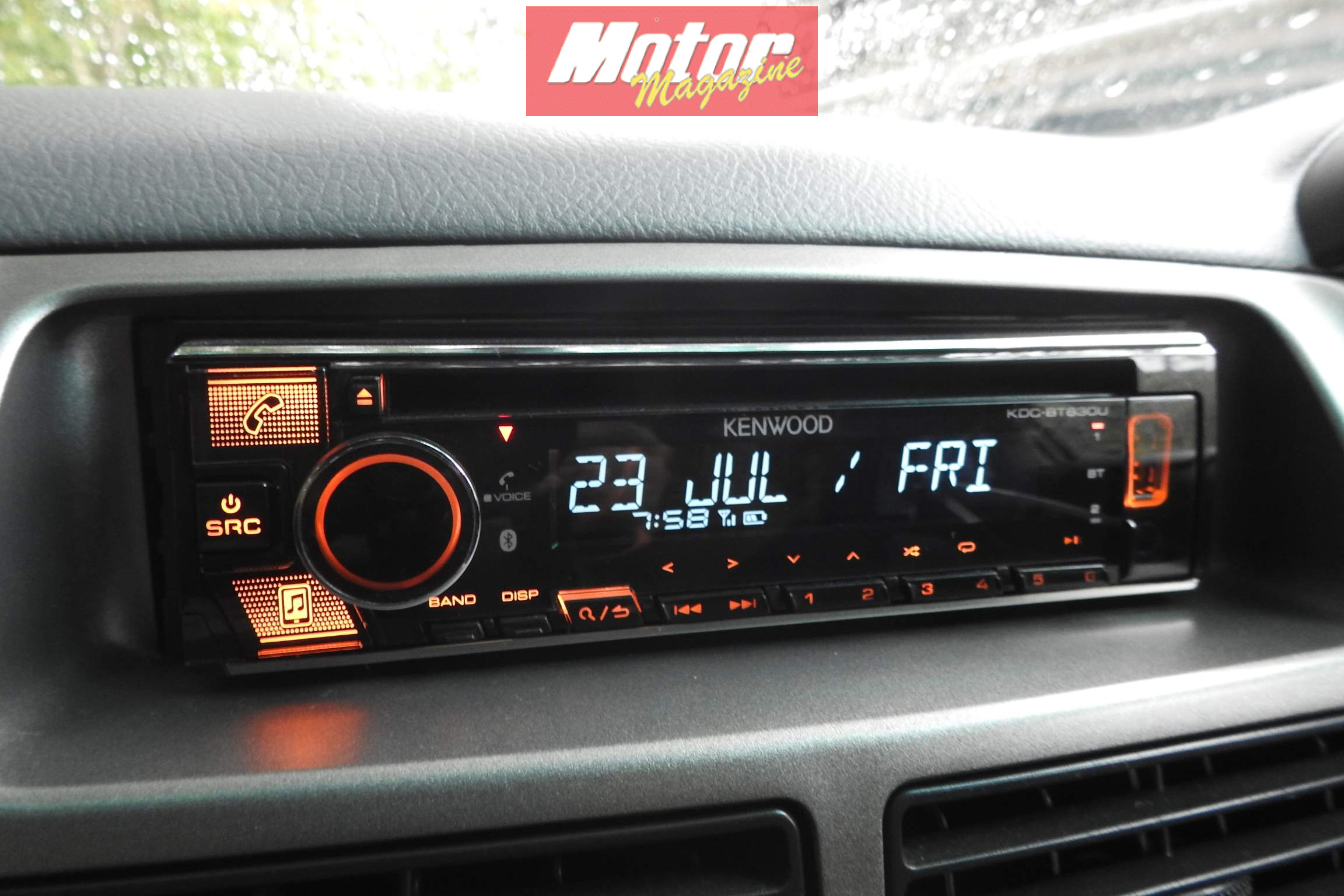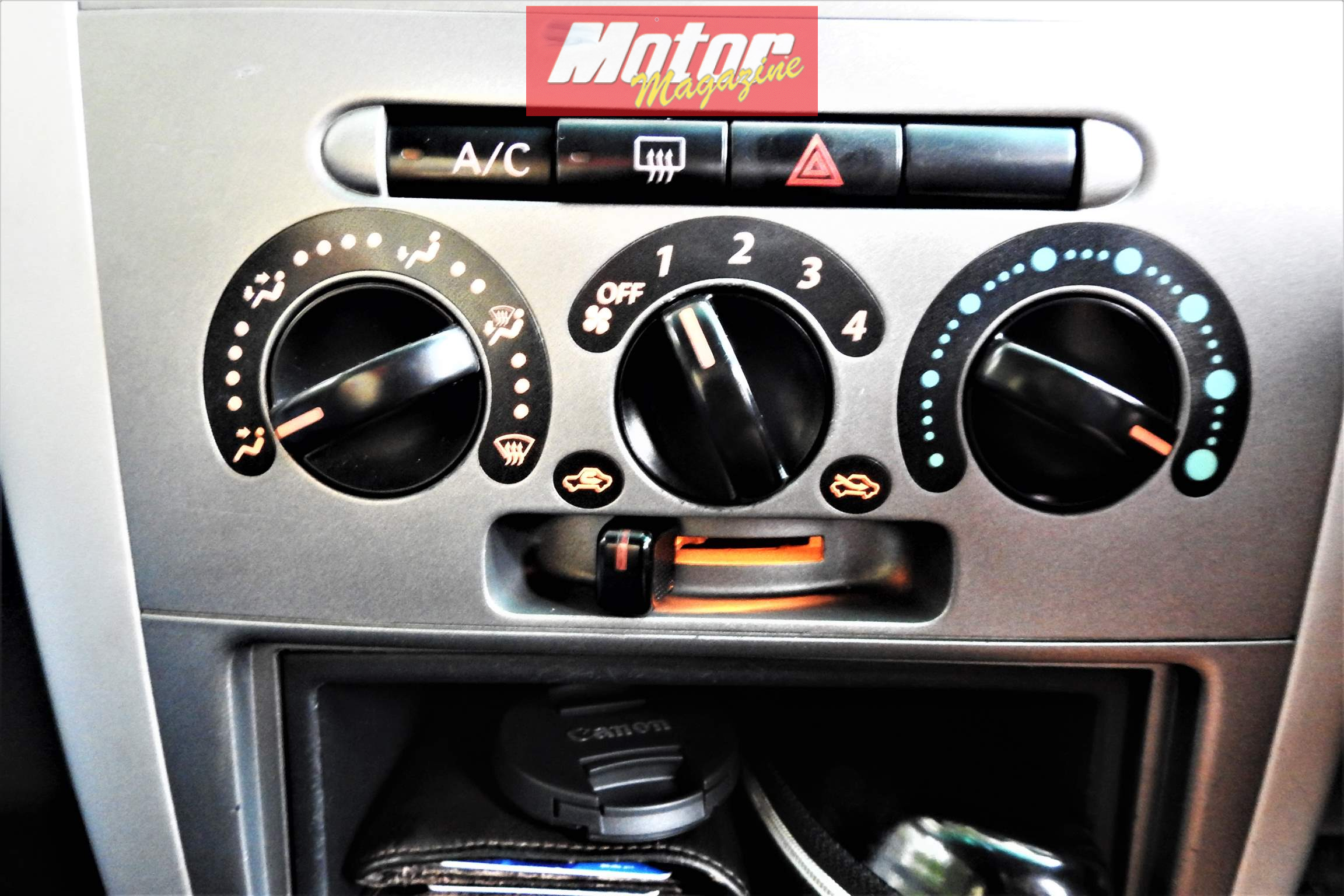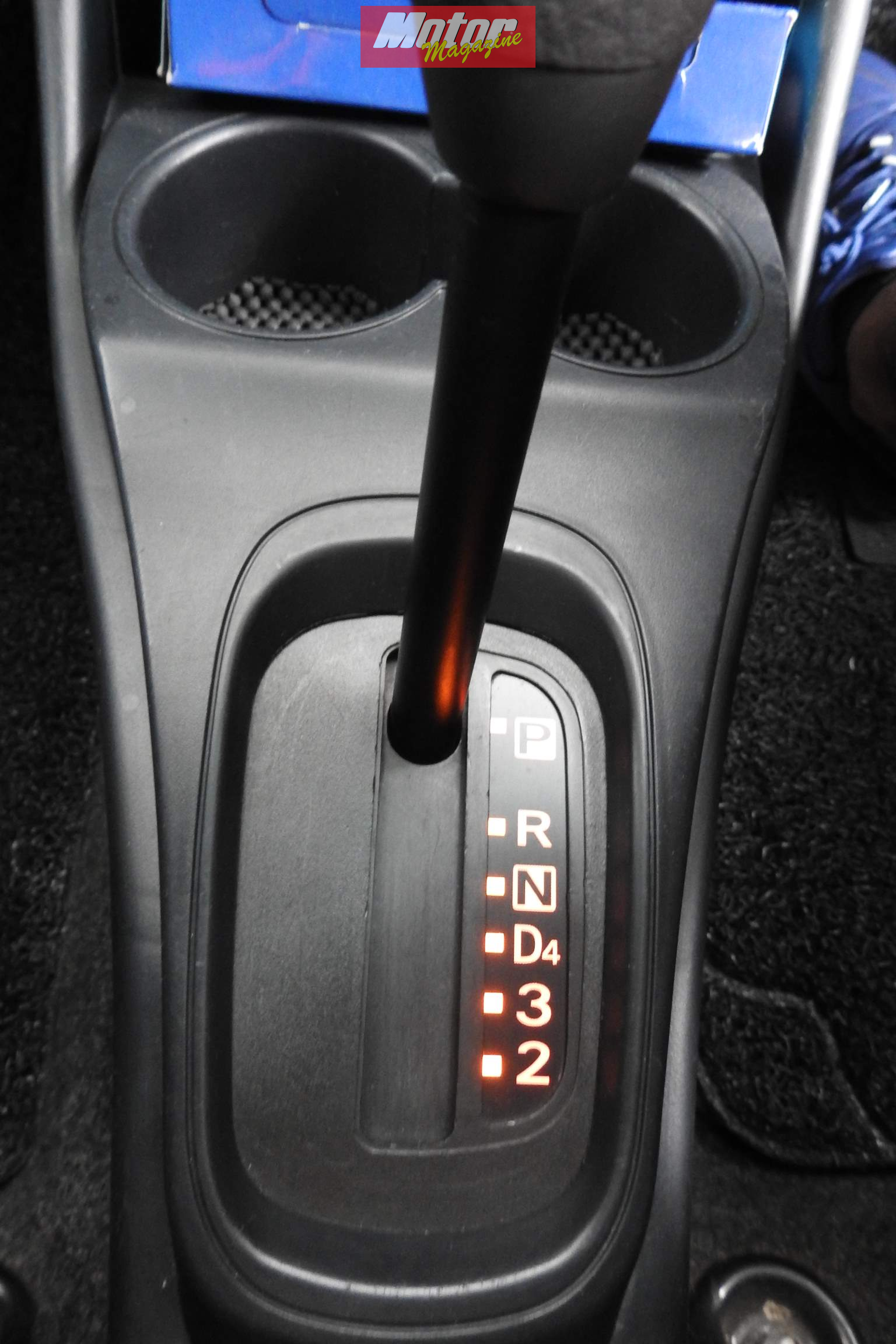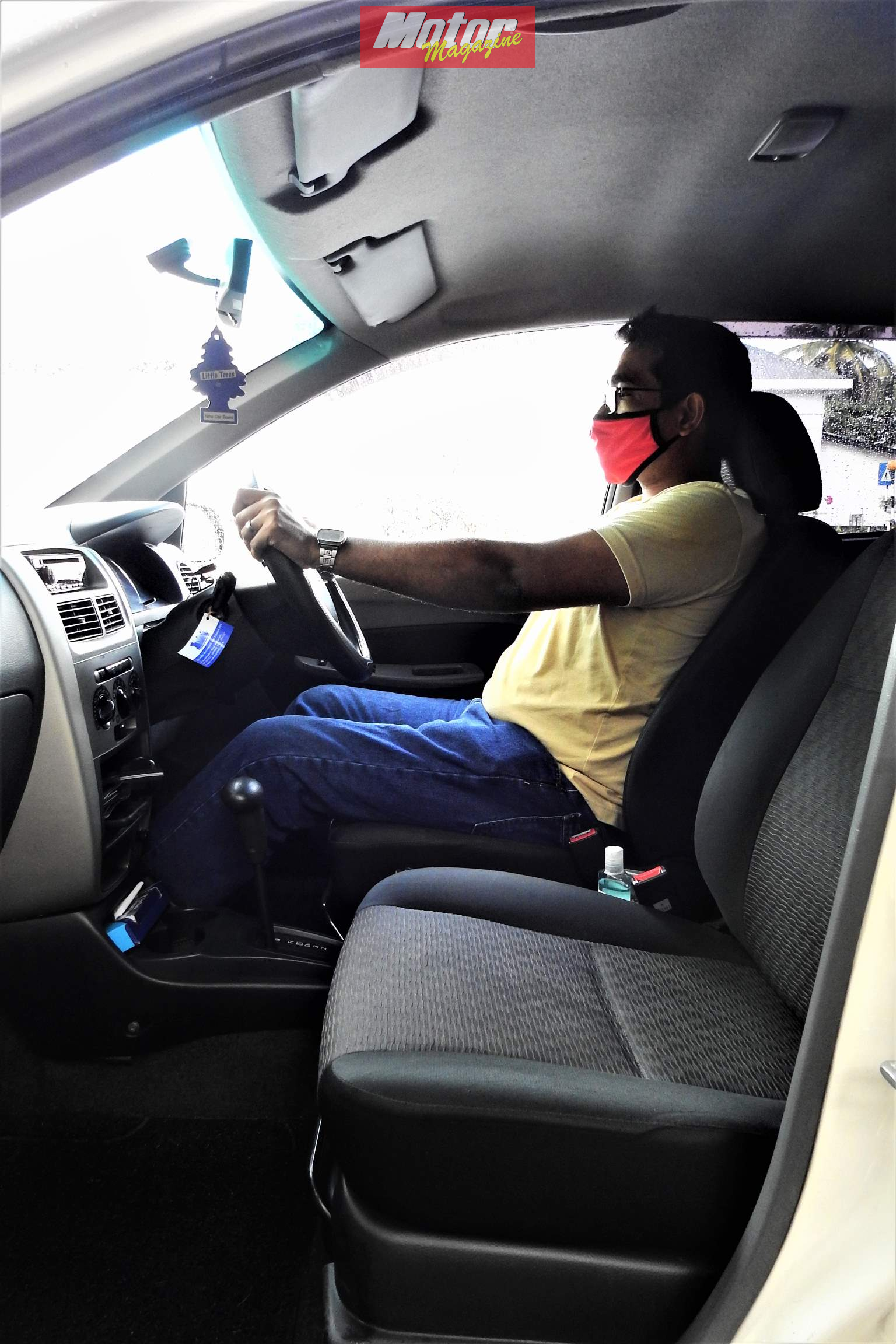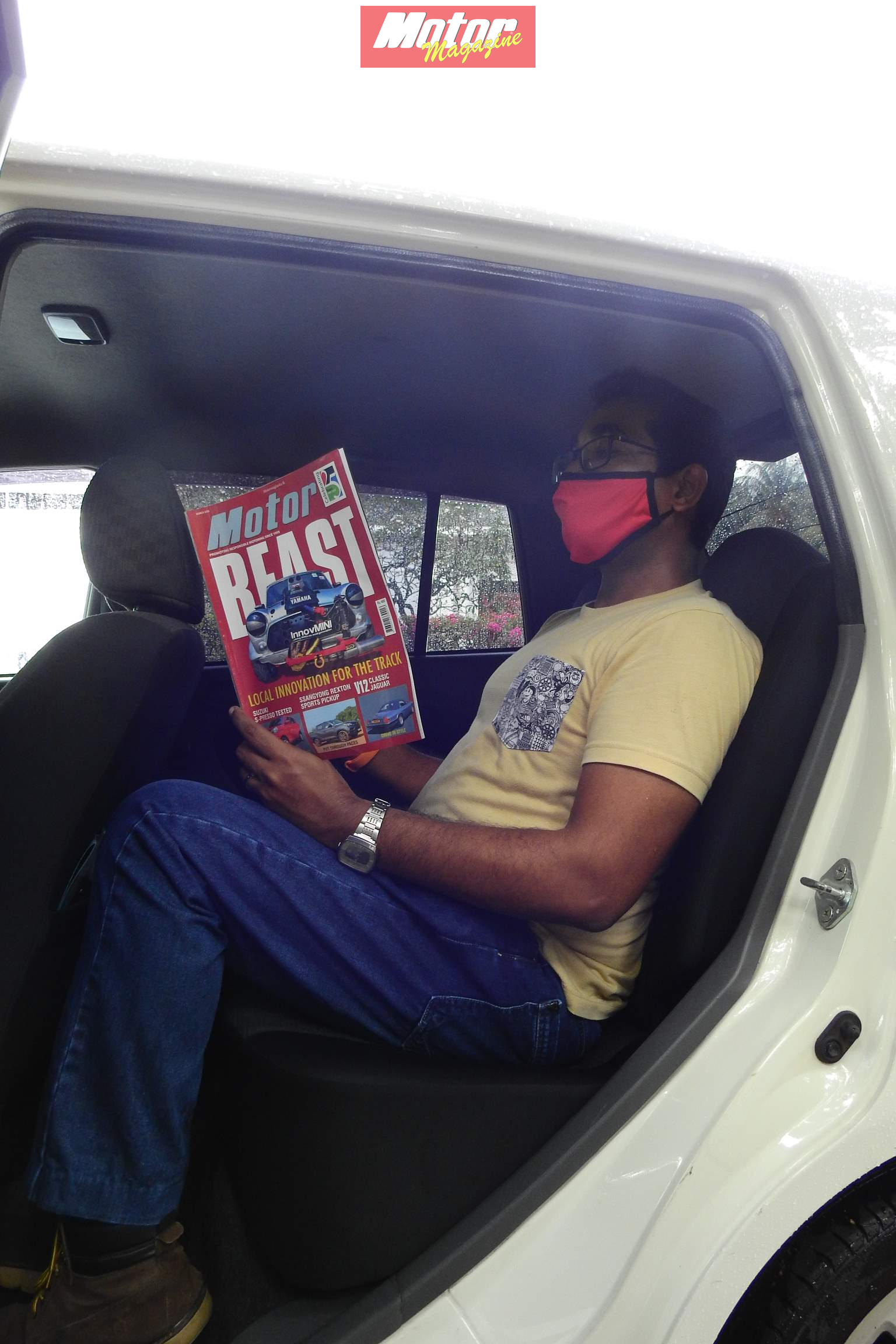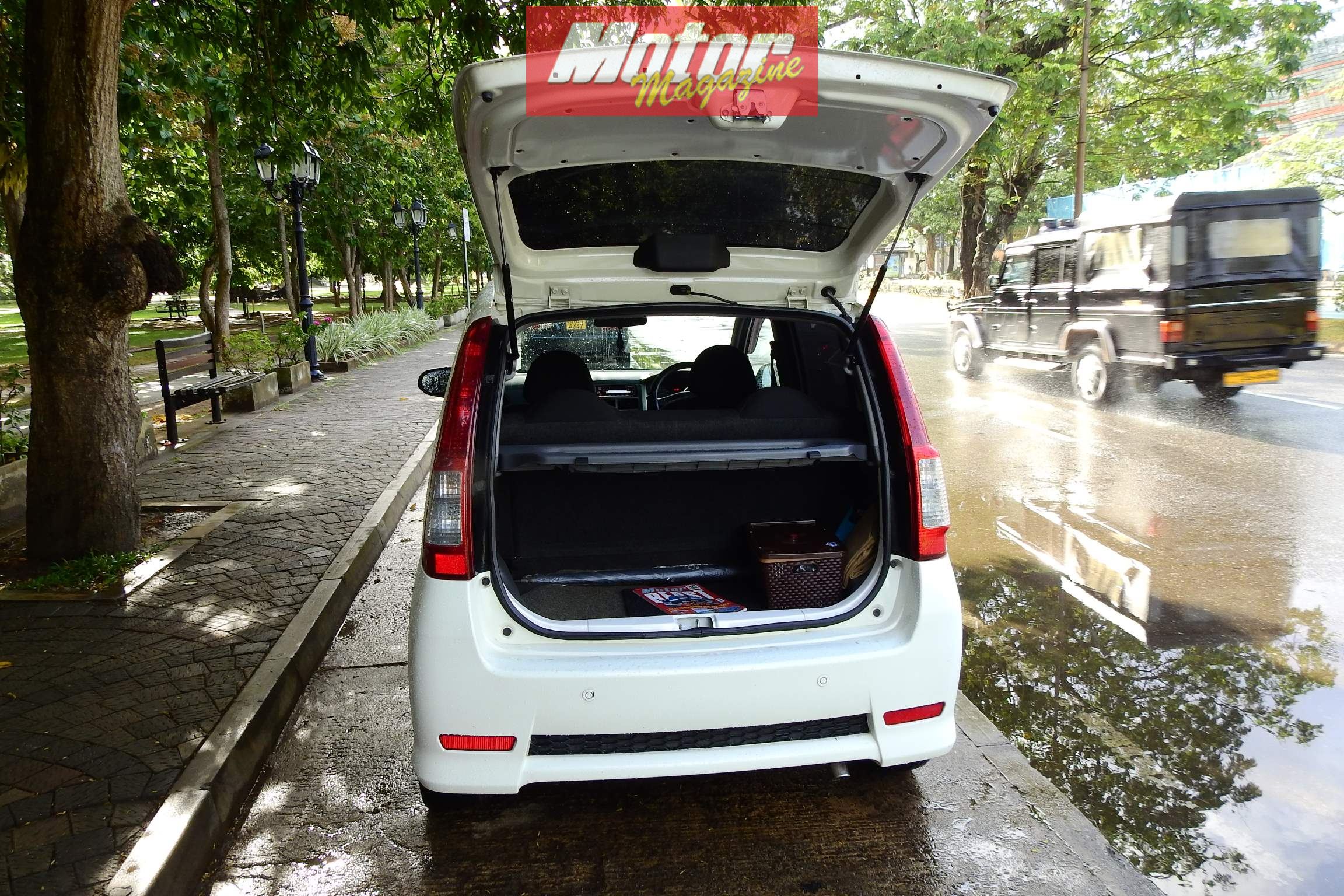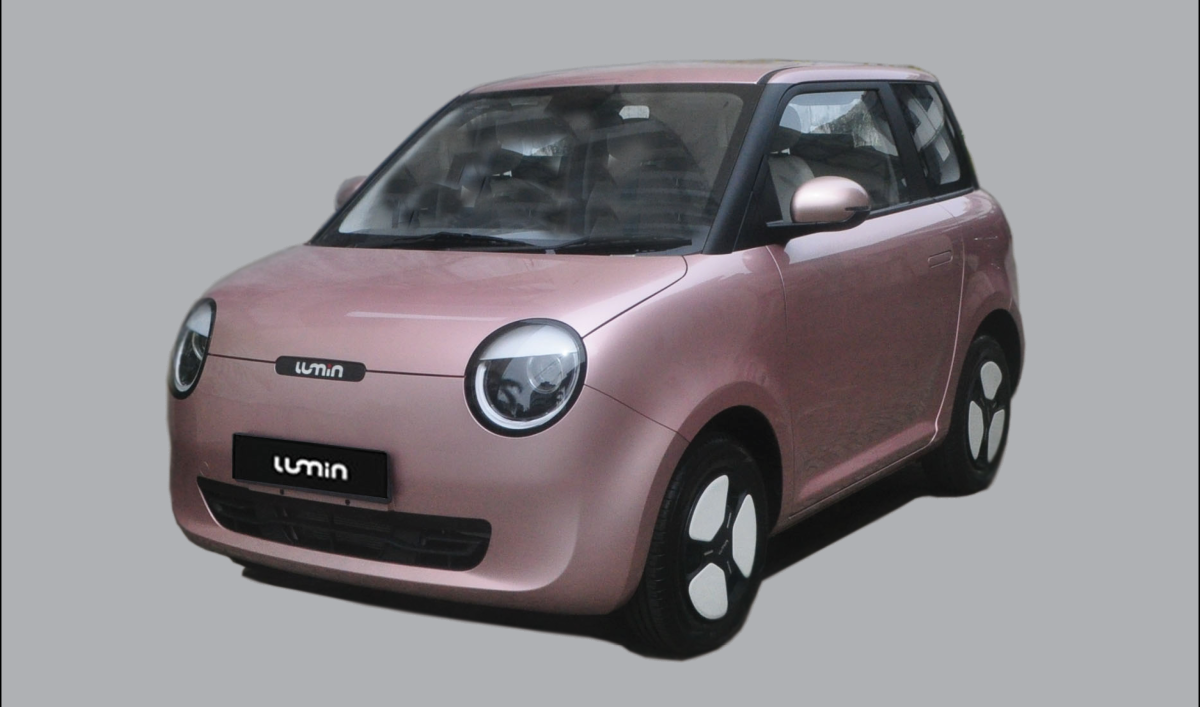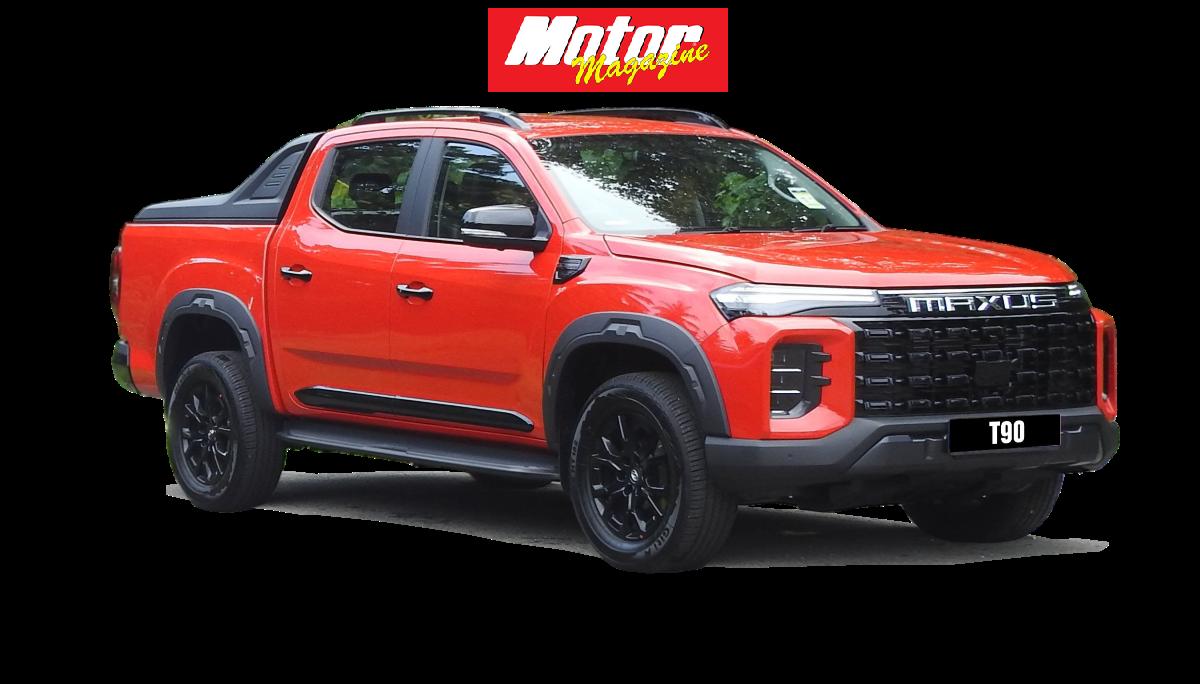Living with a Perodua Viva Elite
Our staff writer reflects on why this supermini makes so much sense as a daily driver

Published on 29 Dec 2021
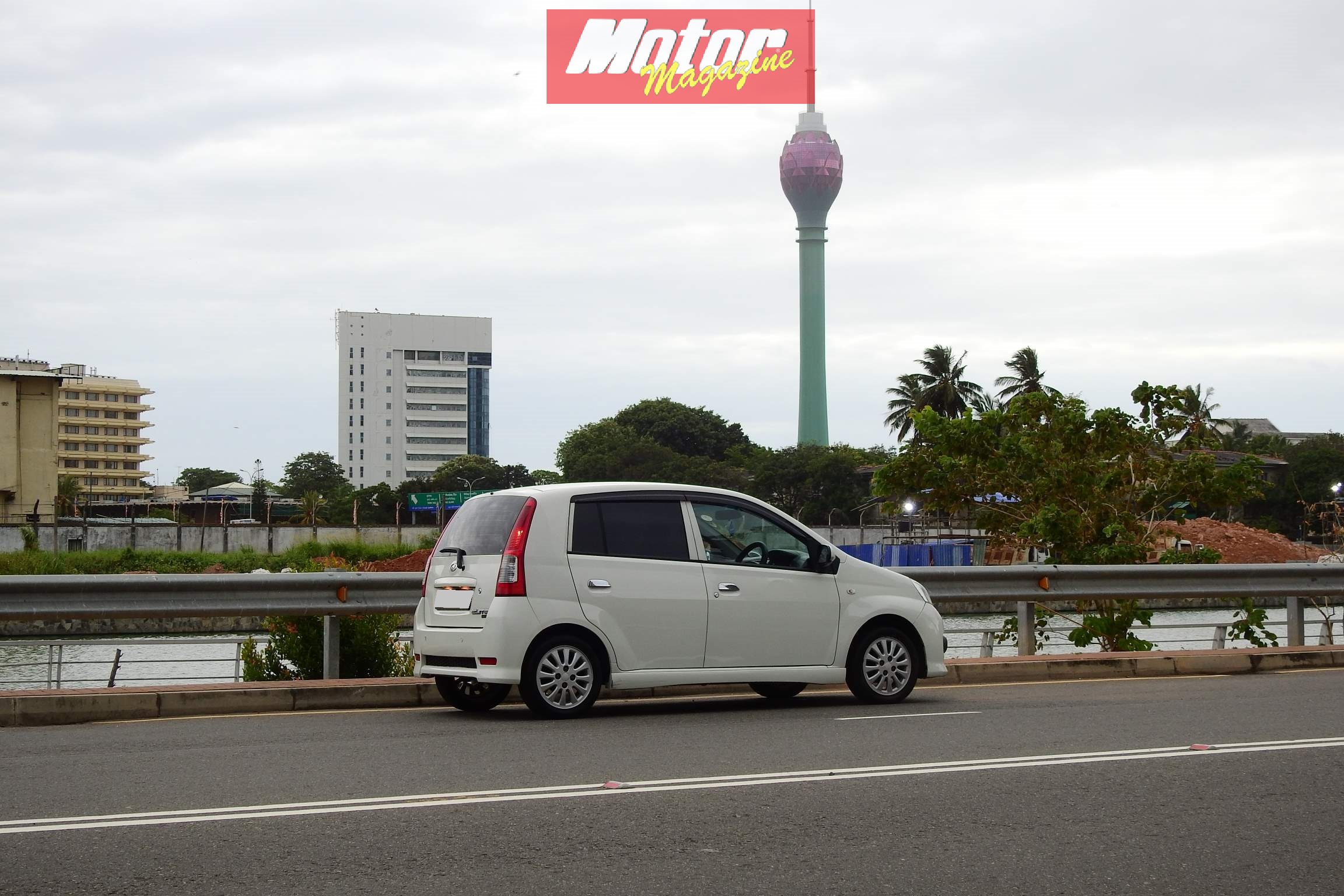
Reeling from the after-effects of a taxing 2 years filled with extended garage time, massive bills, astronomically priced rare replacement parts, and hand-carrying spares on 30-hour plane-rides, it was time to throw in the towel; My project ’92 Honda CRX had beaten me. Despite being my first car, I spent more time looking at it perched up on a hoist, as I passed it on my daily commute, than I did gripping its Momo Fighter 350 wheel and carving up corners on Sundays. It was time to let go. The mission, was to find a car that was a dependable machine, economical to run, cheap to maintain with reasonably priced parts, and potentially good residual value. Something that would fulfil the duties of a ‘daily driver’ with minimal fuss, preferably automatic, and reliable enough to drive anywhere; presenting me with the joys of ‘Motoring’ that you discover when you first possess your very own automobile – all that I had missed out on with my first car.
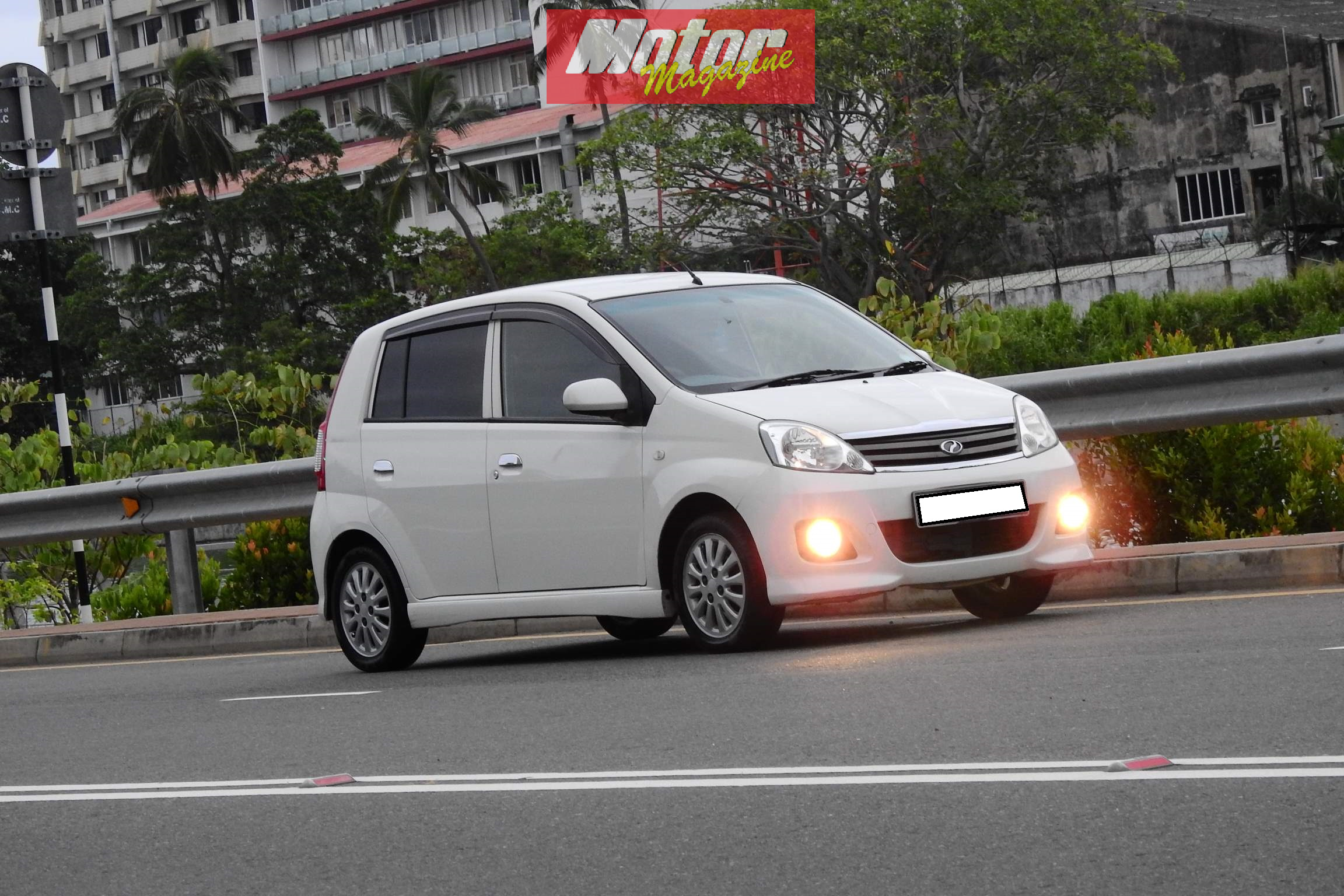
Ticking all of the boxes that mattered to me, by a large margin, was the Perodua Viva Elite. When they were launched around 2010, they were all the rage and literally thousands were sold. Perodua is a joint-venture between Daihatsu and the UMW Corporation and a few other Japanese and Malaysian companies, and have always used Daihatsu components. Our market is very sensitive to these details, and people are aware that Daihatsu is a fully owned subsidiary of Toyota. This is why the Viva Elite was a breakaway hit – it was an improved iteration of the Daihatsu Mira, itself a city car with a strong reputation for fuss-free motoring.
The search was hectic.
Even after nearly a decade of being launched, demand is still high for
well-used ‘Elites. After driving around chasing cars that were still available
(some were seriously dodgy or hacked – so many people really abuse their cars),
I raced back to the first car I saw – a relatively low-mile Viva Elite, sparingly
used, garaged and covered, with the papers in order. After a thorough
check by my trusty mechanic, it was mine.
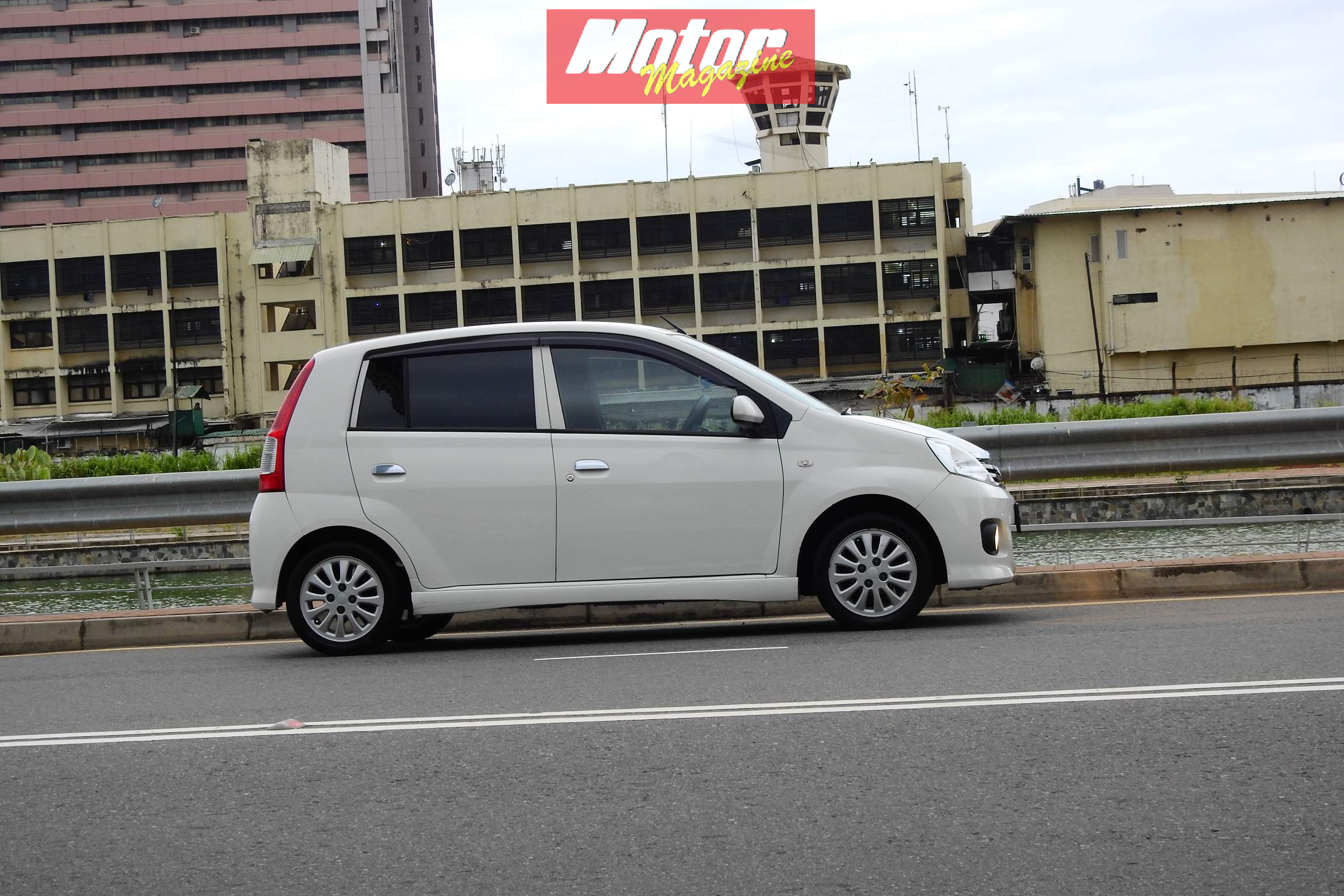
Looks & Exterior
The Viva Elite is
essentially a Kei-car (A-segment as per European standards), as it’s based on
the Mira, – meeting Japanese Domestic Model dimensions in terms of width
(1.48m) and length (3.4m). However, being Malaysian, these regulations don’t
matter – and the Viva Elite, is slightly longer at 3.5m. Unlike the Mira it is
based on, the car has a few additional design elements that elevate the overall
design of the car, to make it look more distinct.
The front and rear
bumpers have ‘aero’ moulding elements, combined with fog lamps and a honeycomb
faux-grill at the rear. The side cladding too is shaped to give the appearance
of a ‘body-kit’, and looks very sporty, especially in combination with
pronounced wheel arches. The 12-spoke alloy wheels complete the look, wrapped
in 165/55R14 tyres.
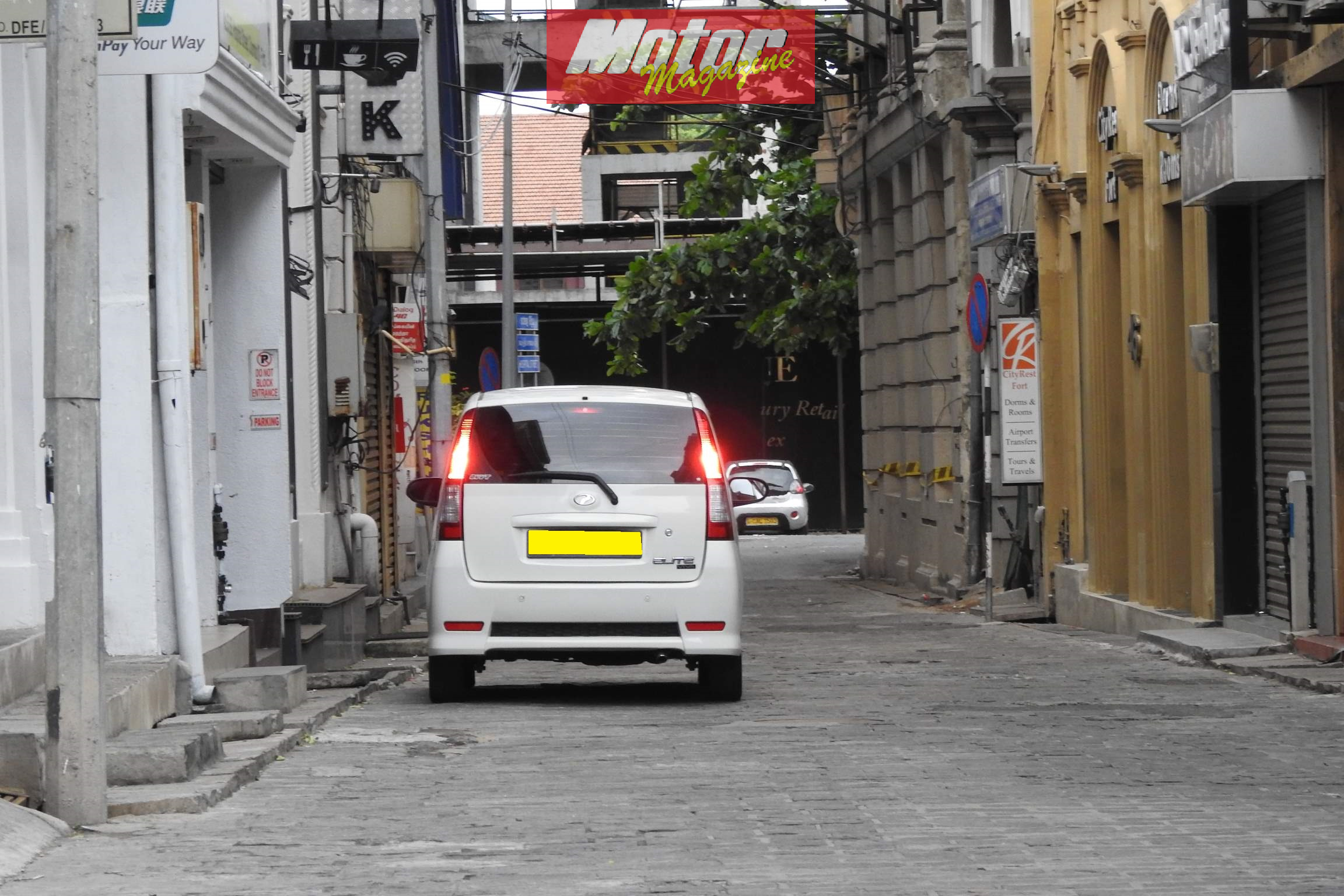
I have made a few subtle changes to the exterior. The stock antenna was ridiculously long, hit low hanging branches and made it difficult to use a car-cover with, when needed. This was replaced with a shorter after-market Japanese antenna that is a universal fit for Toyotas. Also affixed is a subtle stainless-steel exhaust tip, which despite being surprisingly cheap, was great value as it makes the car look a little more distinct than average. With use, usual scrapes and marks remain, and are planned to be corrected down the line.
All in all, the Elite is
a functional, typical city car – sharpened up slightly to look pleasant and inoffensive.
It may not be a design master-class, but drop dead looks in this segment
generally come at the cost of practicality, of which the Viva Elite has loads.
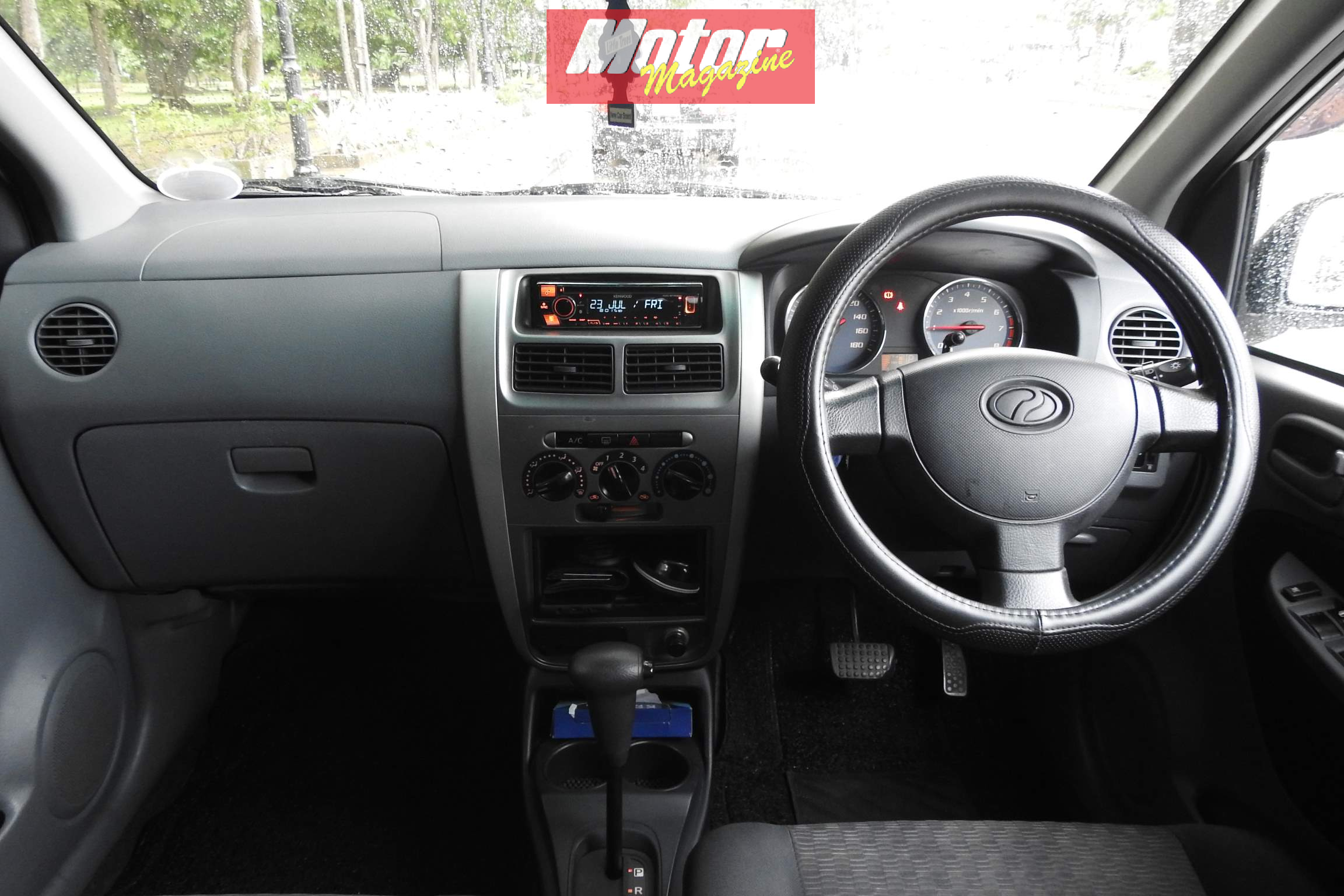
Interior
The dashboard is derived
from the Mira as well, with a few unique re-arrangements made specifically for
the Viva Elite. All necessary functions are controlled by intuitive, large
buttons, knobs and levers – tried and tested methods which rarely go wrong.
The instrument cluster
is simple yet refreshing for this segment, with delightfully sporty red hands
and yellow numbers lighting up the speedometer and tachometer, both of which
are surrounded by an elegant chrome bezel. The digital central display is very
reminiscent of early 00s Toyota – and features fuel level, gear and mileage.
All the other warning lights sit in the middle, visible only when lit up.
The stock single-din head unit was defective when purchased, and was replaced by a Kenwood unit with all the modern bells and whistles. This paired well with the 4 OEM speakers on the door cards, and sound balanced and clear.
The centre console has a
large double-din recess for your knick-knacks, 2 standard-depth cup holders,
and 1 big bottle holder, which now holds hand sanitizer. The boot and fuel
release are combined with a lever that you pull and push (respectively) to
open. Simple.
The seats are very
supportive, both front and rear, and the driver’s seat is height adjustable as
well. The boot is normal for this segment, and can take a medium sized bag. If
you do want to load up the vehicle with a few more bags, the rear seats can be
folded flat. There is enough headroom and legroom for 4 adult passengers. There
is a clever storage tray beneath the front passenger seat, which can hold quite
a number of small, useful items as well.
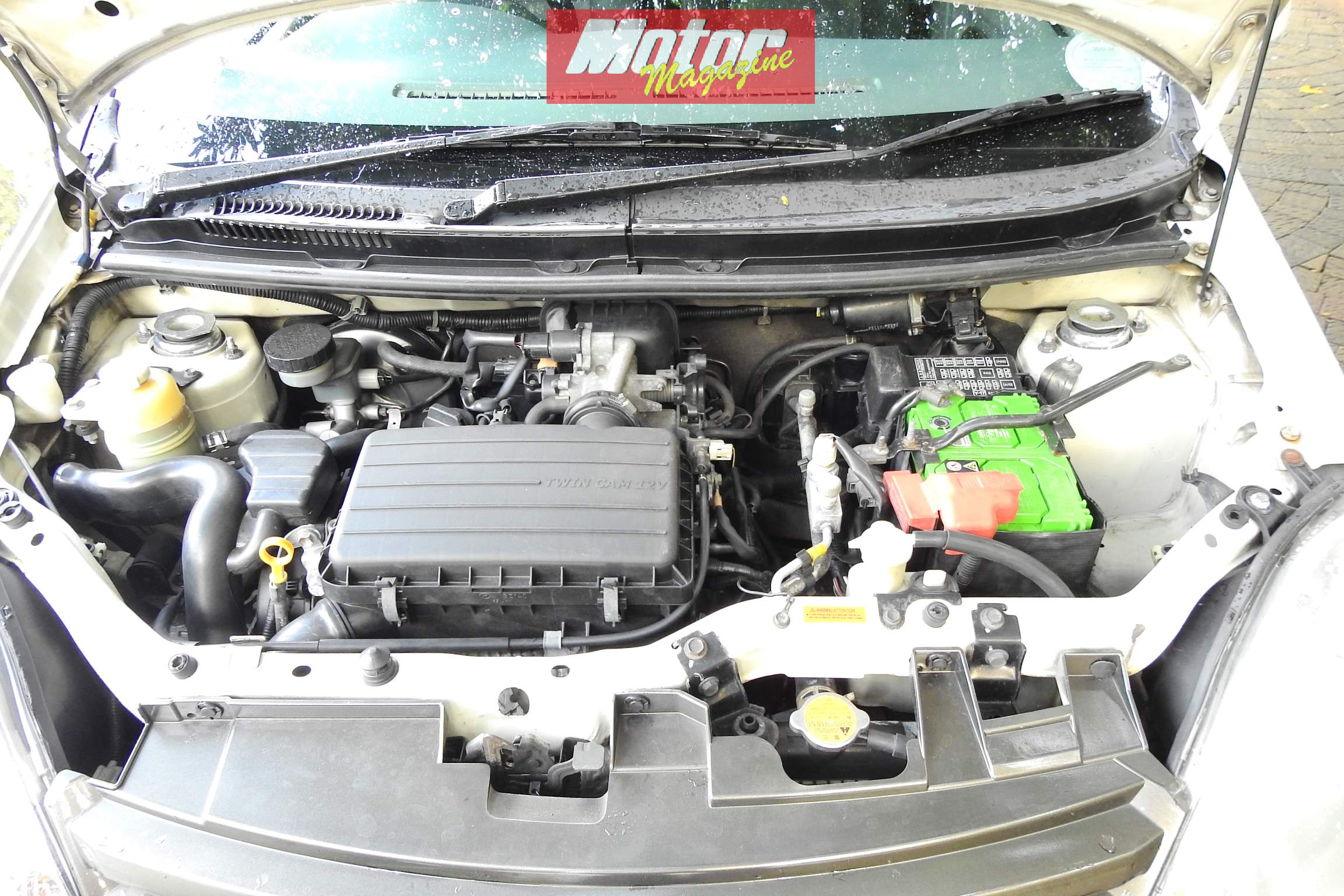
The Perodua Viva Elite has a couple of tricks up its sleeve. One is the Daihatsu EJ-VE 1.0L (989cc), inline 3-cylinder engine with Dynamic Variable Valve Timing, complete with dual overhead camshafts, rated at 60 BHP at 6000 RPM, 90 Nm at 3600 RPM, often found in slightly larger Daihatsu vehicles. The other, is a front stabilizer which helps with sharper steering and composure around corners. This makes for some seriously fun motoring.
The Viva Elite also
handles bumps well, although you do feel the jolts of the larger pot-holes and
ruts developed by the RDA. It also has good ground clearance, even
though it doesn’t seem so at first glance. It is very stable at highway speeds,
having been designed for Malaysian roads, and can cruise comfortably around
100kmph on our highways with ease.
The dimensions of the
car, and the tight turning circle make parking and navigating through traffic a
breeze. I am yet to take this on a long-distance drive to the hills, but I
imagine it would be quite capable of handling such a journey as well.
Overall, the Viva Elite
is quite a fun little car that packs enough power and dynamics to balance
comfort, performance and economy.
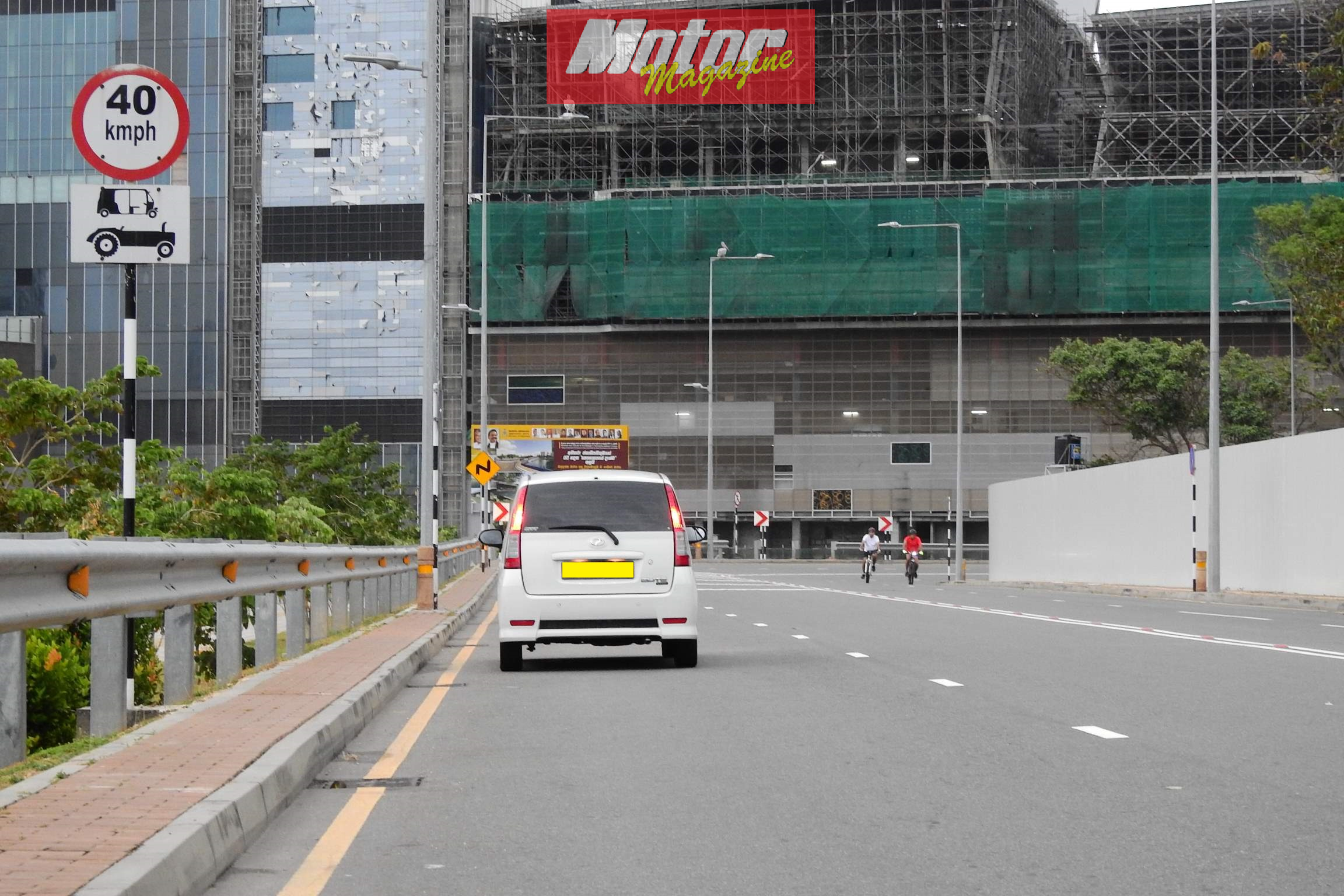
Living with it
So what is it like to
live with on a daily basis?
The Good
- The best bit about it
how fuss free it is as a daily driver. Economy of around 10.5kmpl for the
automatic, means very comfortable fuel bills. Even with the occasional Italian
tune up, the economy hovers around that mark. Sharp steering, comfort and good low-end
torque, make it a pleasant drive around town.
- The interior build
quality is solid, well laid out, easy to access and clean.
- There is enough space to
keep all your essentials around the cabin.
- The 3 cylinder has a
nice thrum, which sounds great around town
The Bad
- The rear seat can
accommodate 2 adults. 3 might be pushing it.
- Rear headroom might be
tight for taller folks.
- Airbags and ABS are only
available on the top line Premium trim level
- No ISOFIX seats at the
back.
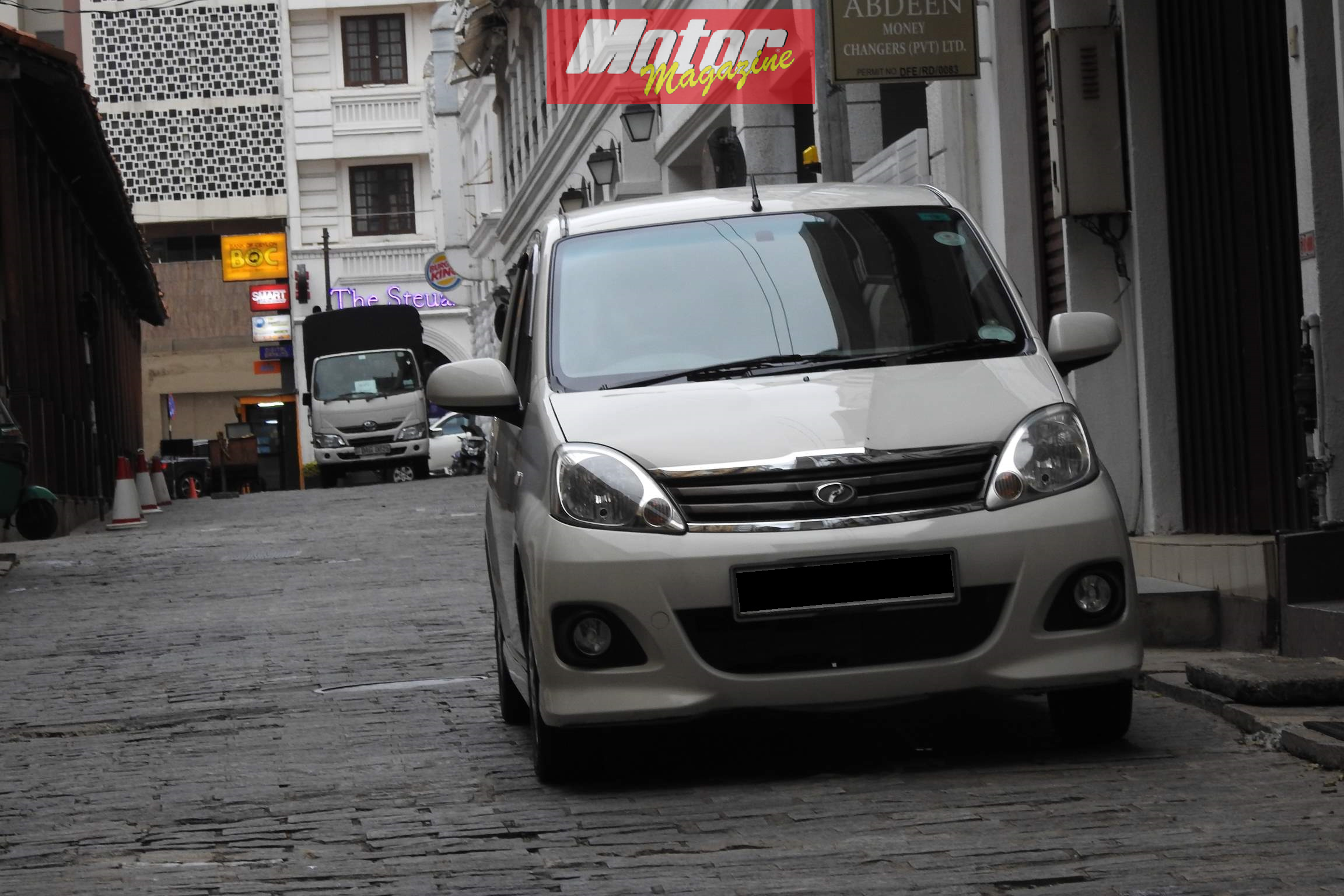
Servicing & Maintenance
While regular servicing
is done every 5,000km, the EJ-VE requires 3 litres of engine oil, which is
great on the wallet. In addition to this, there are a few common things to look
out for when running the Viva Elite.
Being a city car, some
of the parts on the car, wear more frequently than usual. The brake pads for
example need to be changed every 9,000kms. Engine mounts are the priciest items
and it is recommended to change the complete set at once, considering the
vibration of the 3-cylinder. I also had to change a number of seals in the
engine, common wear and tear issues, like the crank oil seal, spark plug seals,
and the O-rings. The door weather strips are rubber and they perish over time.
The exhaust rusts over time as well. A lot of the maintenance that had to be
done, was due to the fact that the car was sparingly used.
As with any car, you
would have routine maintenance to do. Thankfully, the OEM parts are very
affordable when compared to other manufacturers, and are available through
numerous distributors.
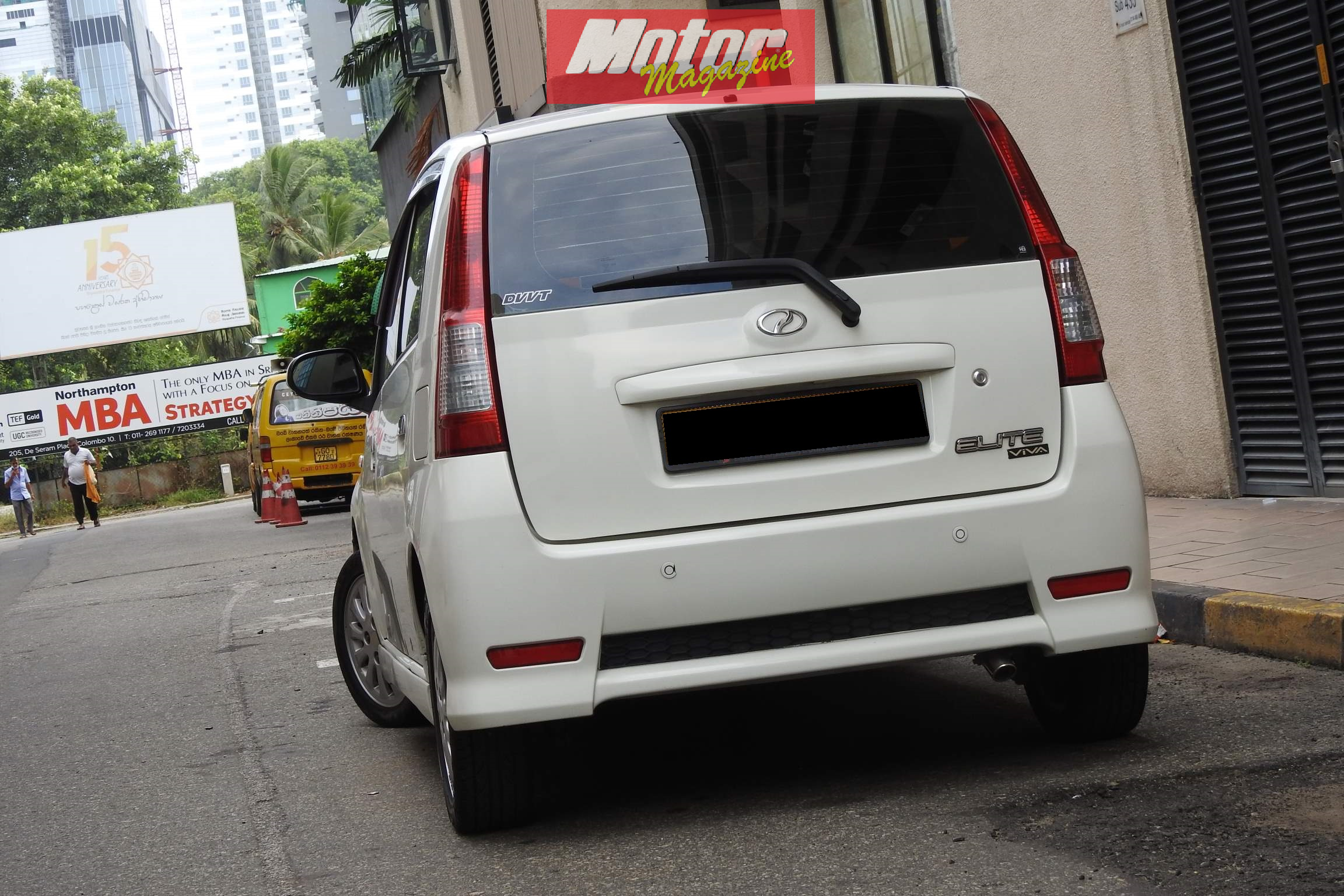
Verdict
For me, buying the Viva
Elite was probably one of the best decisions I have made so far. It serves my
purpose, and fulfils all the requirements that I was looking for in a reliable
first car. The Viva Elite suits my lifestyle and commuter requirement
perfectly, and it is a super vehicle to use in Colombo. While being practical,
economical and comfortable, it also manages to look good, and is fun to drive
as well. The Viva Elite, truly did bring me the joys of motoring, despite being
my second car – it is the first I am truly proud to call mine, and the very
first that I enjoy owning, wholeheartedly. Just goes to show that sometimes
decisions made with your head, can be good for your heart as well!
Motor notes
When we posted some
teaser photos on our Facebook after the photo shoot, we got many inquiries as
to whether it was for sale. This shows how revered this little car is on our
shores. In fact, I would hazard a guess that Sri Lanka might be its most
successful overseas market – it was exported to Singapore, Nepal, Brunei and
Mauritius as well as sunny Sri Lanka.
Hopping behind the wheel
for a quick drive, everything is practical and falls to hand. The meter cluster
communicates everything you need to know. This is a car that can be driven with
minimal fuss, from the light yet sharp steering and easy-to-modulate brakes, to
the peppy nature of the engine low-down that means you can make good progress
without ever exceeding 3,000rpm while the four-speed auto smoothly shifts in
the background. The AC keeps you calm and chilled. You can push it when the
mood strikes and are met by the three-cylinder thrum that Avinda mentions, that
although it builds in crescendo as the revs rise, never becomes overpowering.
The handling is also far more grown-up than you’d expect, no doubt aided by
that front stabiliser bar, and it feels composed at higher speeds. Indeed, this
car is fun to drive, and the cost of maintenance and repair mean that you will
keep smiling.
Ashraaq Wahab



